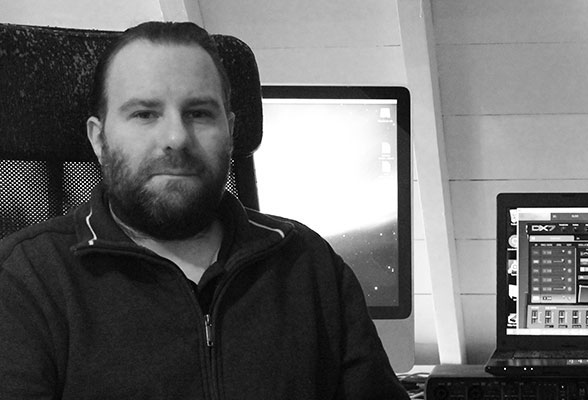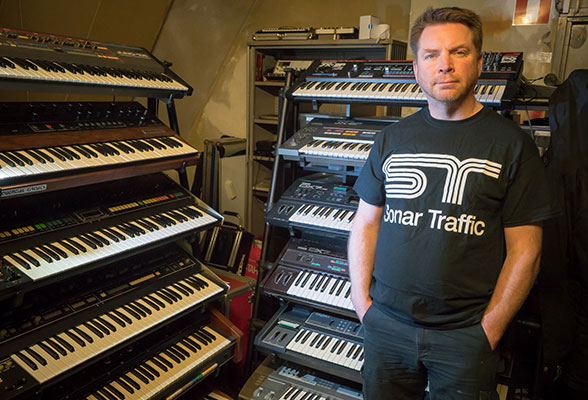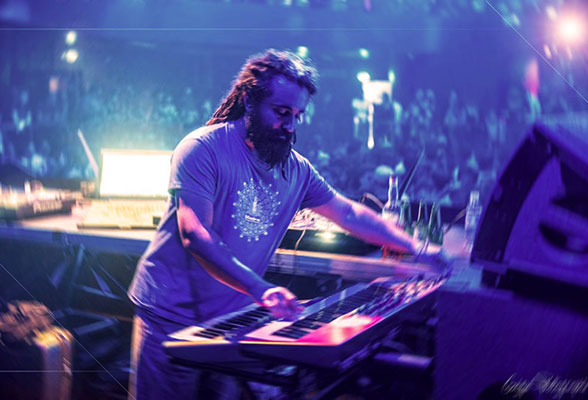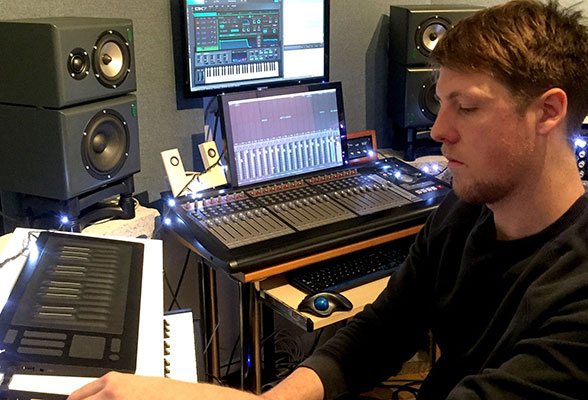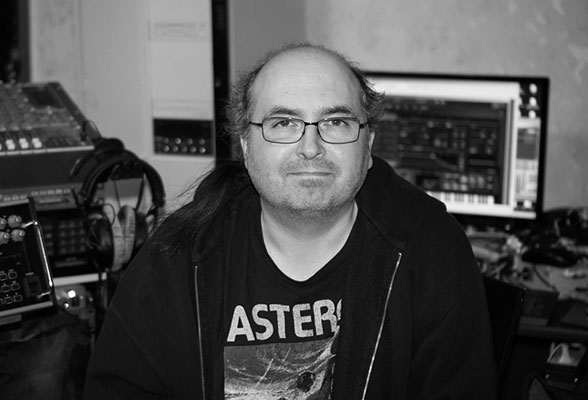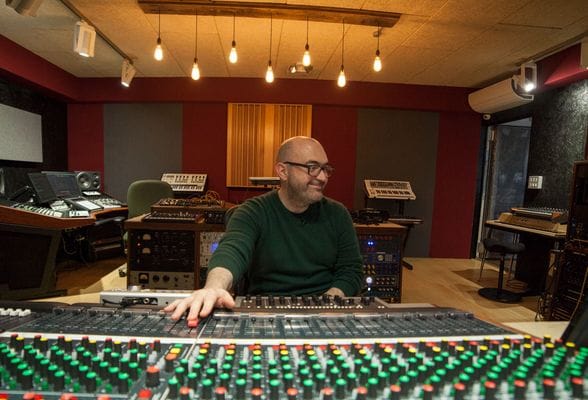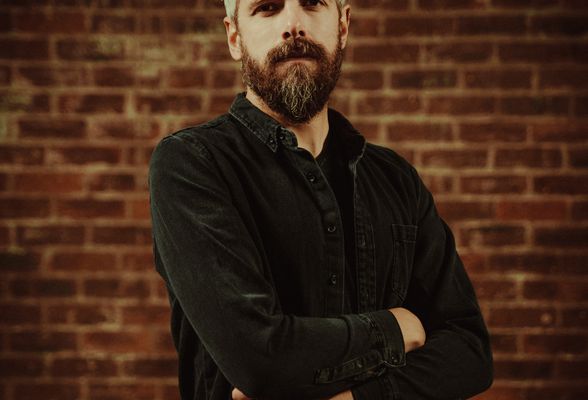DX7 V
La revolución de la síntesis FM.
El DX7 trajo la síntesis analógica a todo tipo de músicos, transformó el sonido de los éxitos musicales y se ganó el título de sintetizador más vendido de la historia. DX7 V es una reinvención virtual de aquel icono, y trae a tu DAW su inconfundible sonido limpio, cristalino y con pegada.
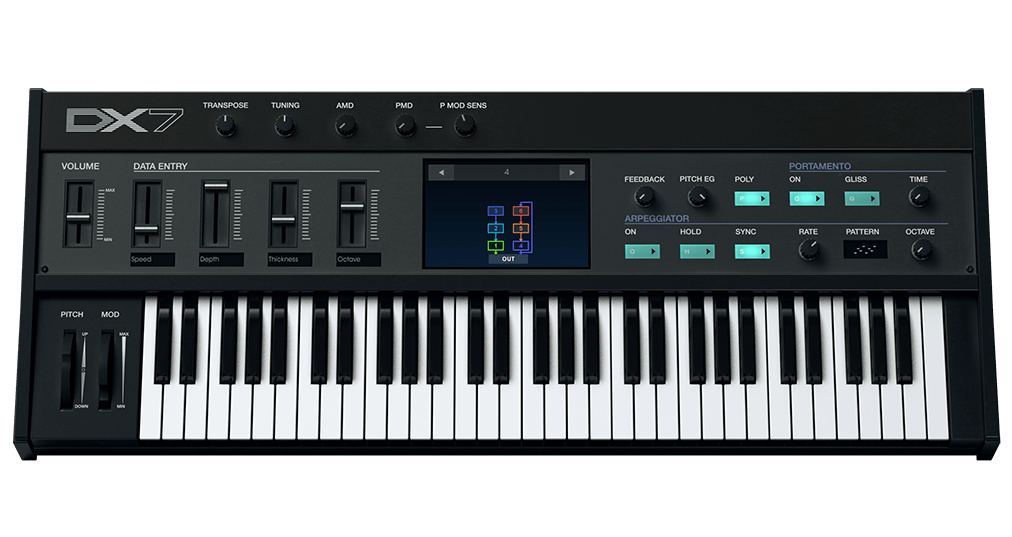
FM the way it was
meant to be heard.
La síntesis FM hizo explotar la paleta sonora de teclistas y productores casi de la noche a la mañana.
Llega donde el analógico no llega, y sigue siendo uno de los enfoques más versátiles que existen para crear sonido. Pero los músicos encontraron que el DX original era difícil de programar y carecía de control en tiempo real. El DX7 V amplía las ventajas, pierde las limitaciones y añade toneladas de funcionalidad que lo sitúan como en casa en un equipo moderno de creación musical.
Regreso al…
¿Necesitas clavar el sonido de las listas de éxitos de los 80 de Sting, Tina Turner o cualquier cosa que haya pasado a menos de un kilómetro de David Foster? El DX7 V lo tiene todo.
A la última
Los sonidos percutidos, punteados y frotados con arco eran la especialidad del DX, además de tonos de teclados percusivos como los pianos eléctricos y los clavinets. Escucha esa limpieza de la síntesis FM, renderizada con precisión absoluta.
Personalidad digital
Desde los clásicos de la FM hasta los relajantes pads y los chispeantes paisajes sonoros de sintetizador de movimiento, los oyentes se preguntarán cómo has conseguido "ese" sonido.
Sin tacha
Hemos ampliado el DX7 V con un montón de funciones de sincronía con el tempo y reasignación MIDI para que su sonido clásico encaje en el proceso creativo actual sin problemas.
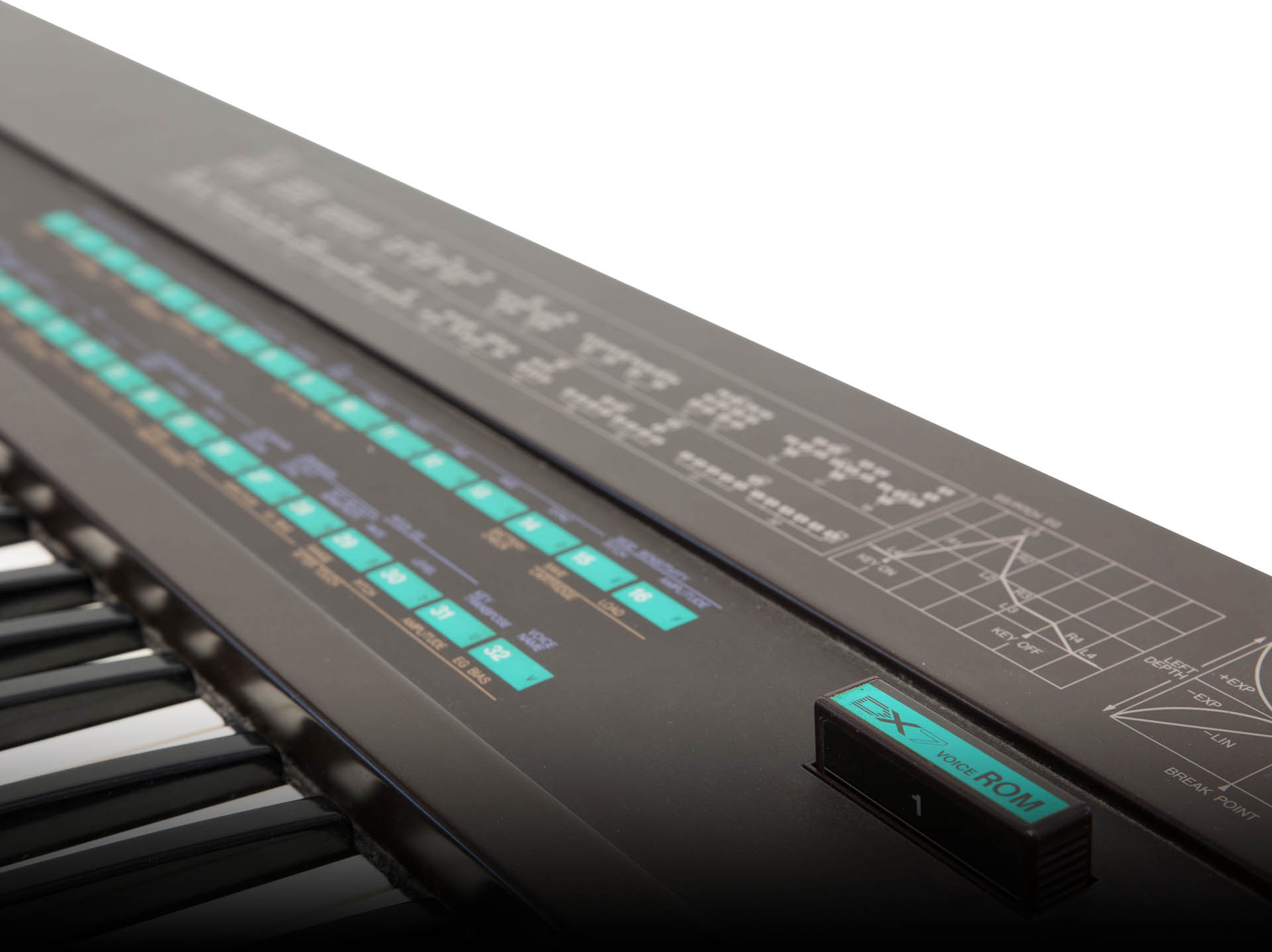
Music for the
Masses
La síntesis FM generaba con facilidad sonidos que se les escapaban a los sintes analógicos.
When the DX made it affordable, everybody wanted one — and pretty much everybody got one.
Once the exploratory genius of a Stanford University professor met the marketing savvy and production capacity of the world’s largest musical instrument maker, keyboards would never be the same again. After its introduction in 1983, it would go on to sell over 200,000 units and define countless sounds from the ‘80s and beyond.
En esencia, la síntesis FM es un concepto sencillo: modulación a frecuencias audibles de una forma de onda mediante otra. Pero fue el Dr. John Chowning, de la Universidad de Stanford, quien logró que la FM fuera viable como método de síntesis. Su trabajo demostró que, ajustando con cuidado las formas de onda moduladoras, se podían replicar los perfiles armónicos de todo tipo de instrumentos acústicos.
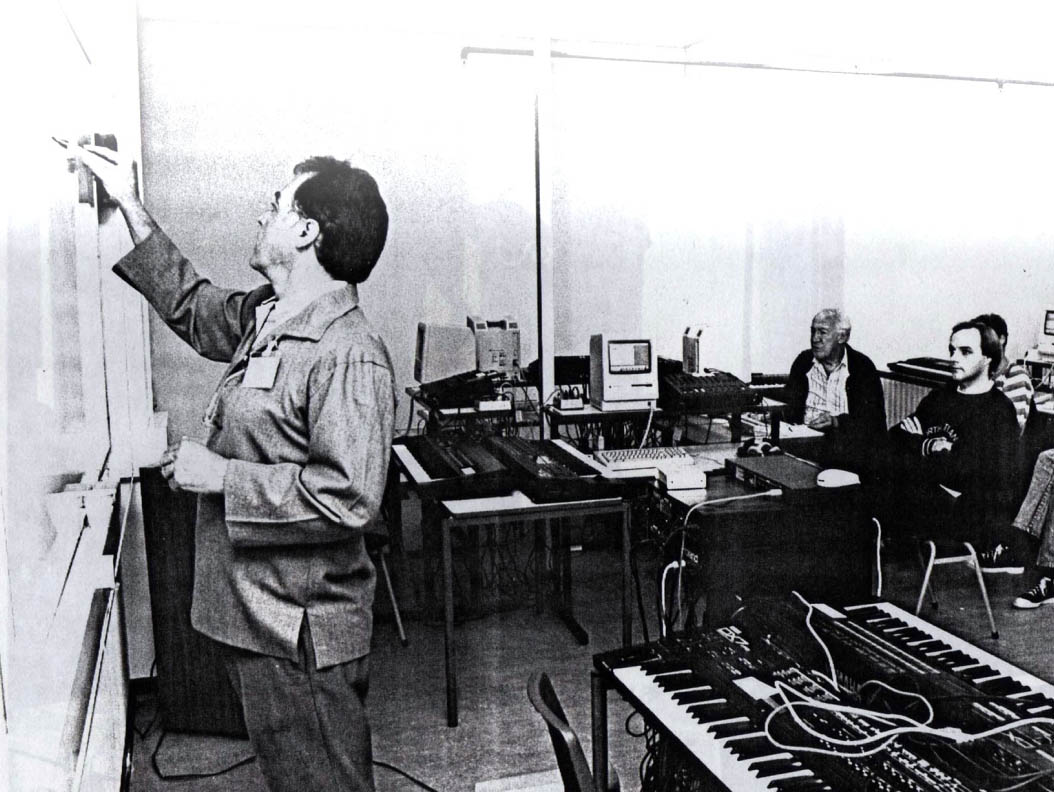
Yamaha® licensed the technology from Stanford in the mid-’70s, leading to 1980’s massive GS1 - with its piano-like cabinetry and green-screen programming terminal - co-developed with Dr. Chowning. New England Digital had also re-licensed FM from Yamaha as the basis of their first Synclavier systems. The word spread through the synth industry: Digital was the future.
Hacer que los patches FM fueran editables de forma asequible fue un obstáculo para llegar al mercado de los sintetizadores profesionales. Con su teclado de membrana y el control regulador para introducción de datos, el DX7 lo consiguió en 1983. Ante todo, lo hizo con un precio de 2000 $, por el que ofrecía seis operadores FM, 16 notas de polifonía, un teclado sensible a la velocidad y a la postpulsación, 32 memorias de presets y ampliaciones de bancos de sonido en cartuchos de memoria. Solo en especificaciones, ya había adelantado a los sintetizadores analógicos.
Los presets de fábrica creados por Gary Leuenberger y David Bristow demostraron el realismo con el que el DX7 podía producir sonidos de piano eléctrico, percusión melódica, armónica, bajo con slap y muchos más instrumentos. Aquellos sonidos sirvieron de base a casi todos los temas de las listas de pop a partir de 1983. Los teclistas ocasionales por fin podían permitirse comprar el mismo instrumento que usaban los artistas de cuyos temas hacían versiones. Si probabas un DX, tenías que tener uno.
Para alcanzar ese precio inferior a los 2000 $ tuvieron que ahorrar en ciertas cosas. Por ejemplo, los operadores solo generaban ondas sinusoidales y compartían la misma envolvente. Algunos intérpretes echaban de menos disponer de perillas y demás controles en tiempo real. El DX7 V deshace todos esos ahorros y convierte un sintetizador soñado de los 80 en parte de tu realidad creativa.
A different breed
of synthesizer
El DX7 V ofrece una recreación fiel del instrumento que llevó el sonido único de la síntesis digital FM a las masas.

Operadores
Los seis generadores de señal del DX7 V —llamados operadores— se pueden usar como portadoras o moduladores. Cada operador está formado por un simple oscilador con sus propios niveles de frecuencia y nivel, más un amplificador dedicado, controlado mediante envolvente. En términos generales, la envolvente de la portadora afecta a la amplitud, mientras que la envolvente del modulador cambia el timbre. El seguimiento opcional de teclado da el toque definitivo de realismo del timbre que cambia con la tonalidad, igual que en un instrumento acústico.
Modulación
El timbre de un sonido FM depende mucho de la relación entre los operadores de portadora y de modulador. Cuando la frecuencia del modulador la controla el teclado, la relación entre su frecuencia y la de la portadora determina el perfil armónico básico de tu sonido: si la proporción es un número entero, se producen formas de onda más reconocibles; las proporciones fraccionarias suelen producir sonidos más ruidosas e inarmónicas. Las amplitudes del modulador también afectan al timbre: en este caso, las frecuencias más altas suelen generar sonidos más brillantes.

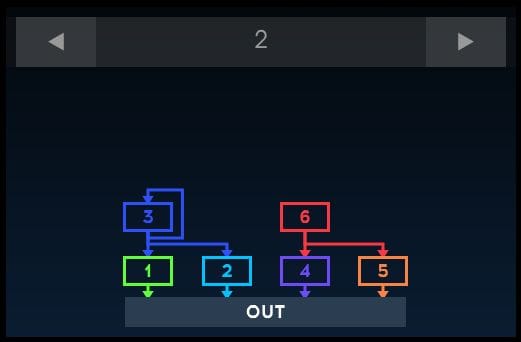
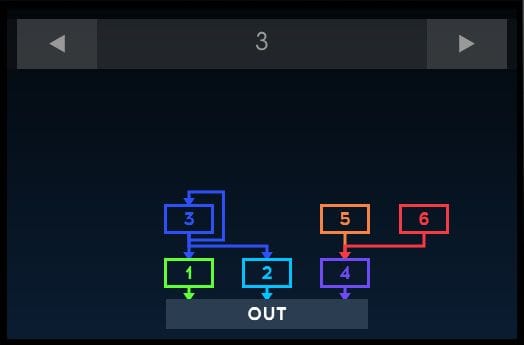



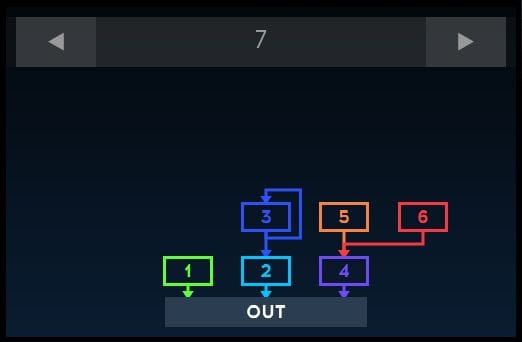

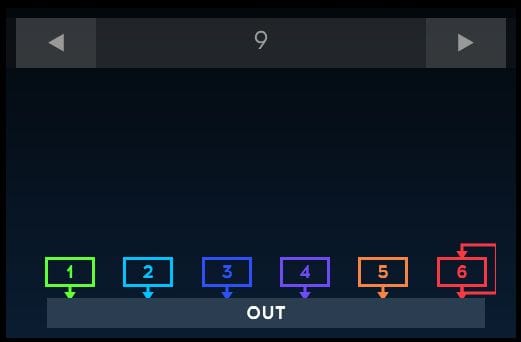
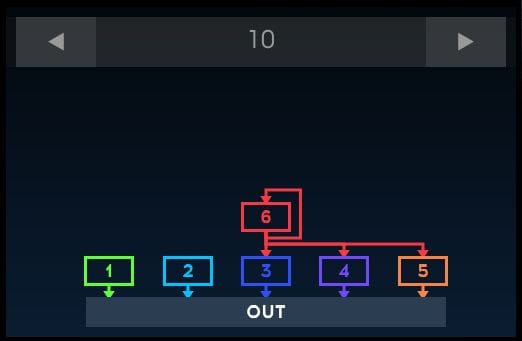
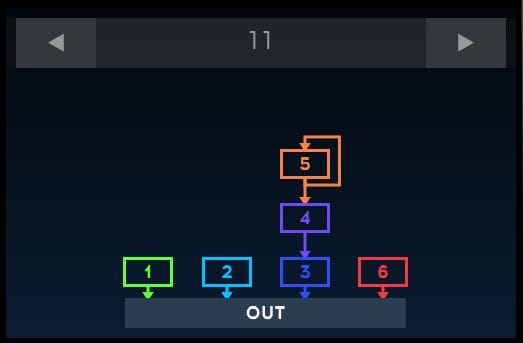
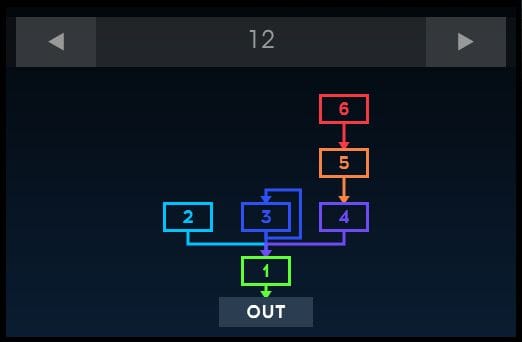

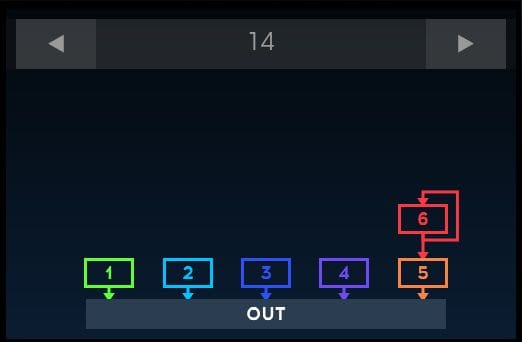
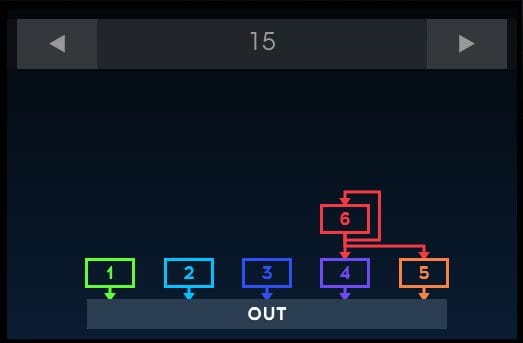

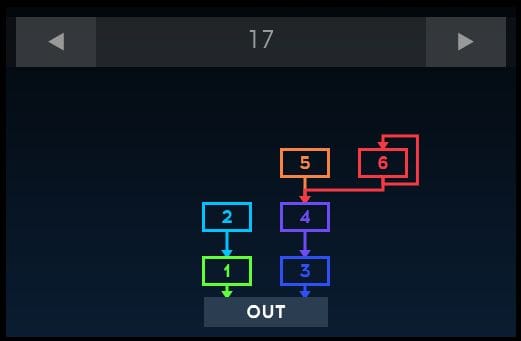
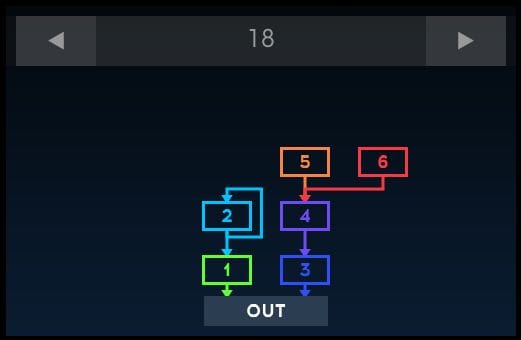

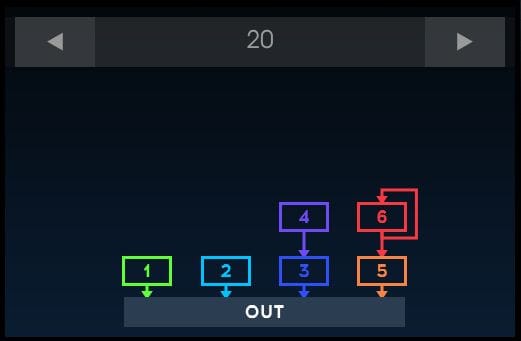
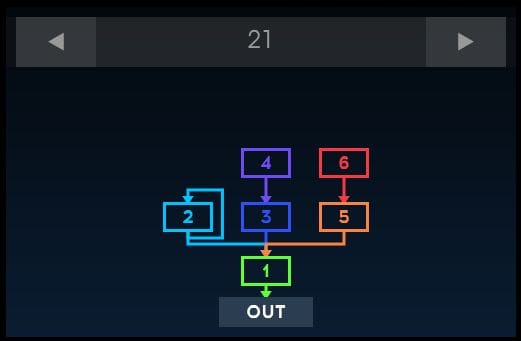

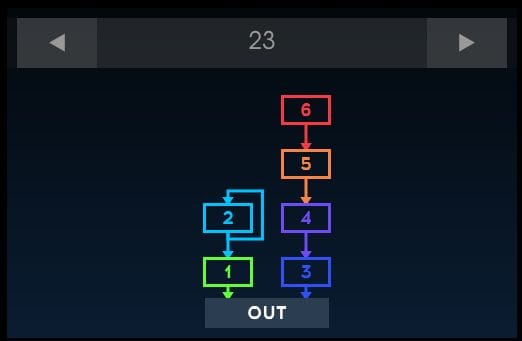
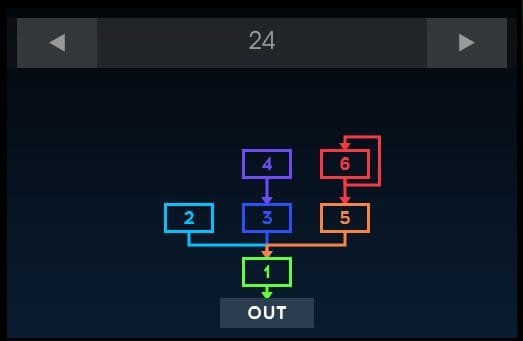
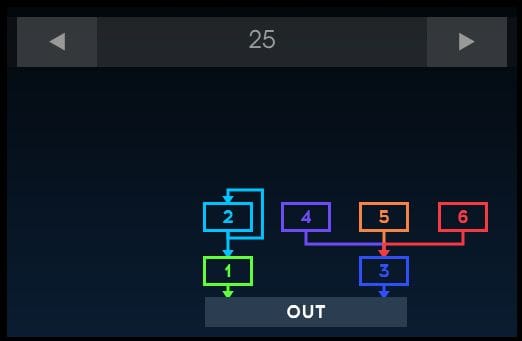
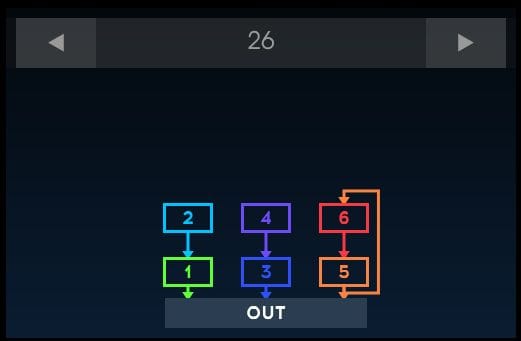

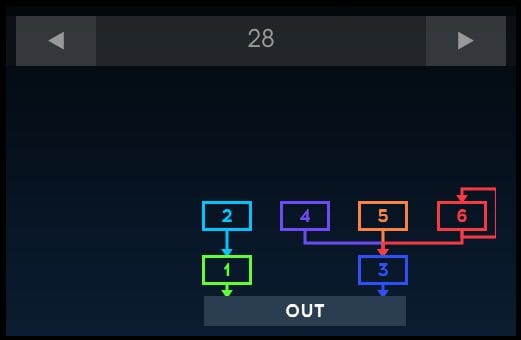
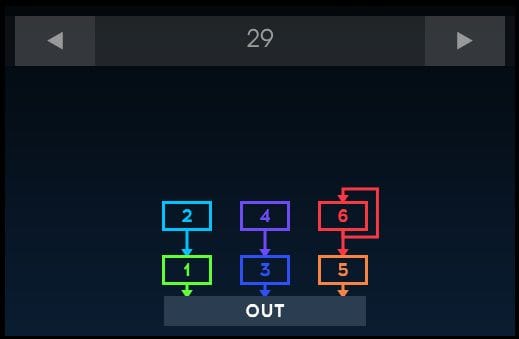
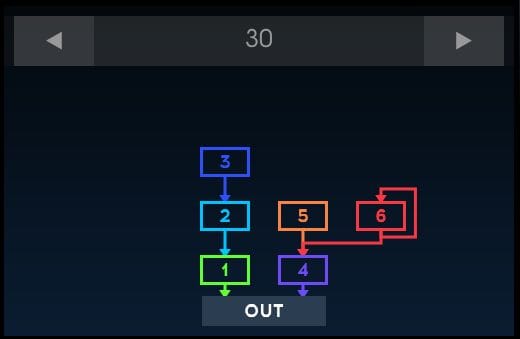
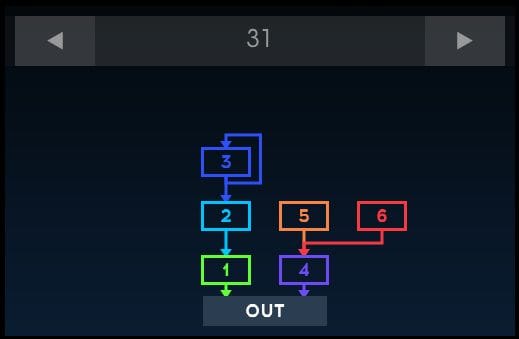
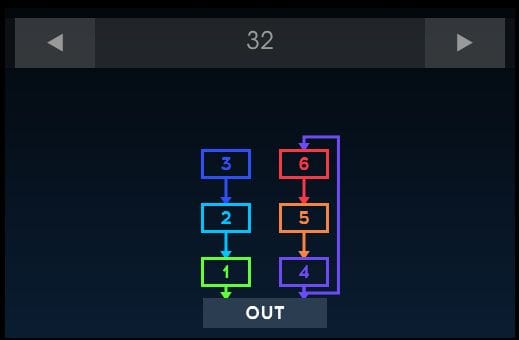
Algoritmos
Una selección de 32 algoritmos determina la relación estructural de los seis operadores del DX7 V como portadoras y moduladores. Estos conocidos fundamentos son puntos de partida perfectos para crear sonidos y modificarlos hasta dejarlos irreconocibles. Además de las relaciones directas de la portadora con la salida y los diversos resultados de los moduladores, ciertos algoritmos también ofrecen un bucle de realimentación capaz de crear desde efectos ásperos hasta distorsión absoluta.
FM Made
Easy
All the sound of the hardware.
All the real-time control it never had.
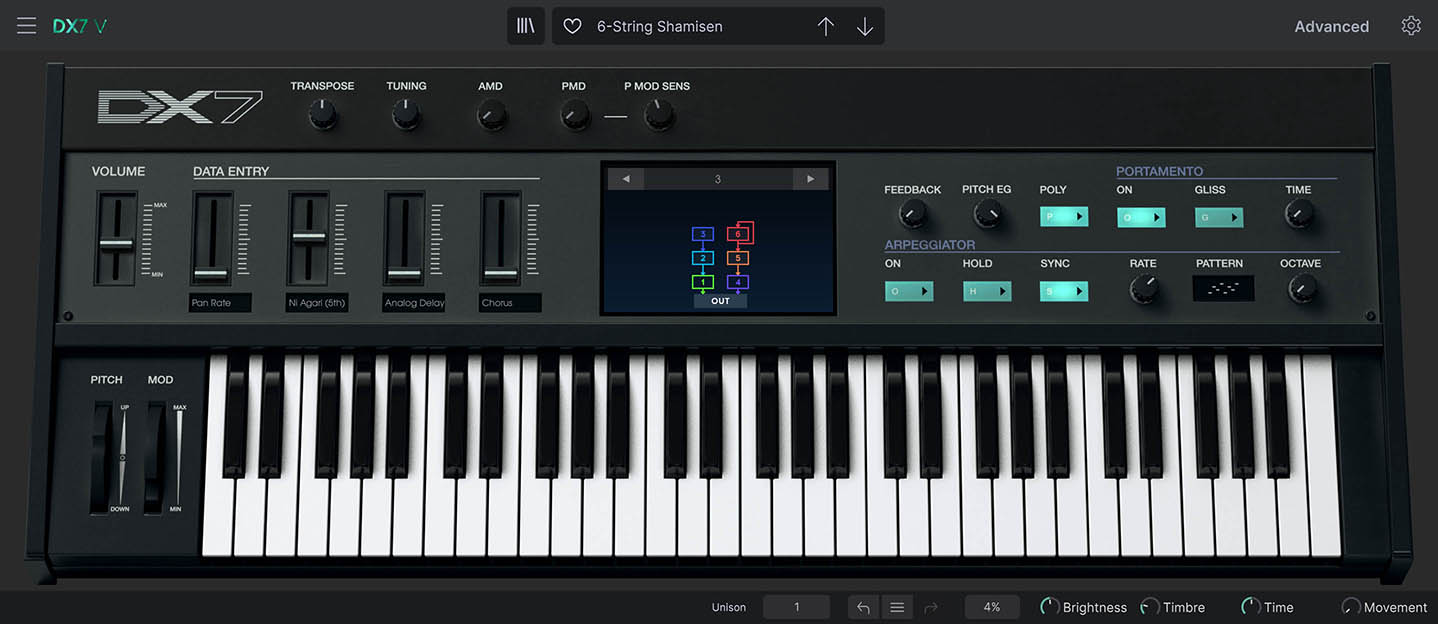
_1
_2
_3
_4
_5
_6
01. Digital ’Rithm
Selecciona o recorre rápidamente los 32 algoritmos FM originales. Los operadores están codificados por colores para simplificar la edición.
02. Analog Control
Haz gestos expresivos amplios con un solo movimiento usando los reguladores de la sección Data Entry, que controlan varios parámetros asignables a la vez.
03. Global Group
Los ajustes de todo el sintetizador, como afinación, transposición, profundidad de tono y modulación de amplitud, están siempre disponibles.
04. Quick Edits
Configura aquí la cantidad del bucle de realimentación FM, que definía su tono característico, además de la profundidad de la envolvente.
05. Just Glide
A los músicos les encantaba el portamento polifónico del DX, pero tenías que adentrarte en un menú para utilizarlo. En el DX7 V, basta con activarlo y ajustar el tiempo.
06. Ups and Downs
Añade riffs y movimiento con el arpegiador multipatrón sincronizable con el tempo, una función que no se encuentra en el original.
DX on
Steroids
Más formas de onda. Más envolventes. Más modulación. Filtros y efectos. En hardware, estas funciones habrían supuesto un sintetizador de cinco cifras.
El hecho de tener solo un regulador y unos cuantos botones hizo que programar el instrumento original resultara bastante tedioso. El pionero de la música electrónica Brian Eno incluso fabricó un controlador de perilla personalizado para manipular a la vez todos los parámetros de su DX7. Con nuestro DX7 V no solo tienes más de todo, sino que nuestra interfaz también hace que sea fácil y divertido de controlar.
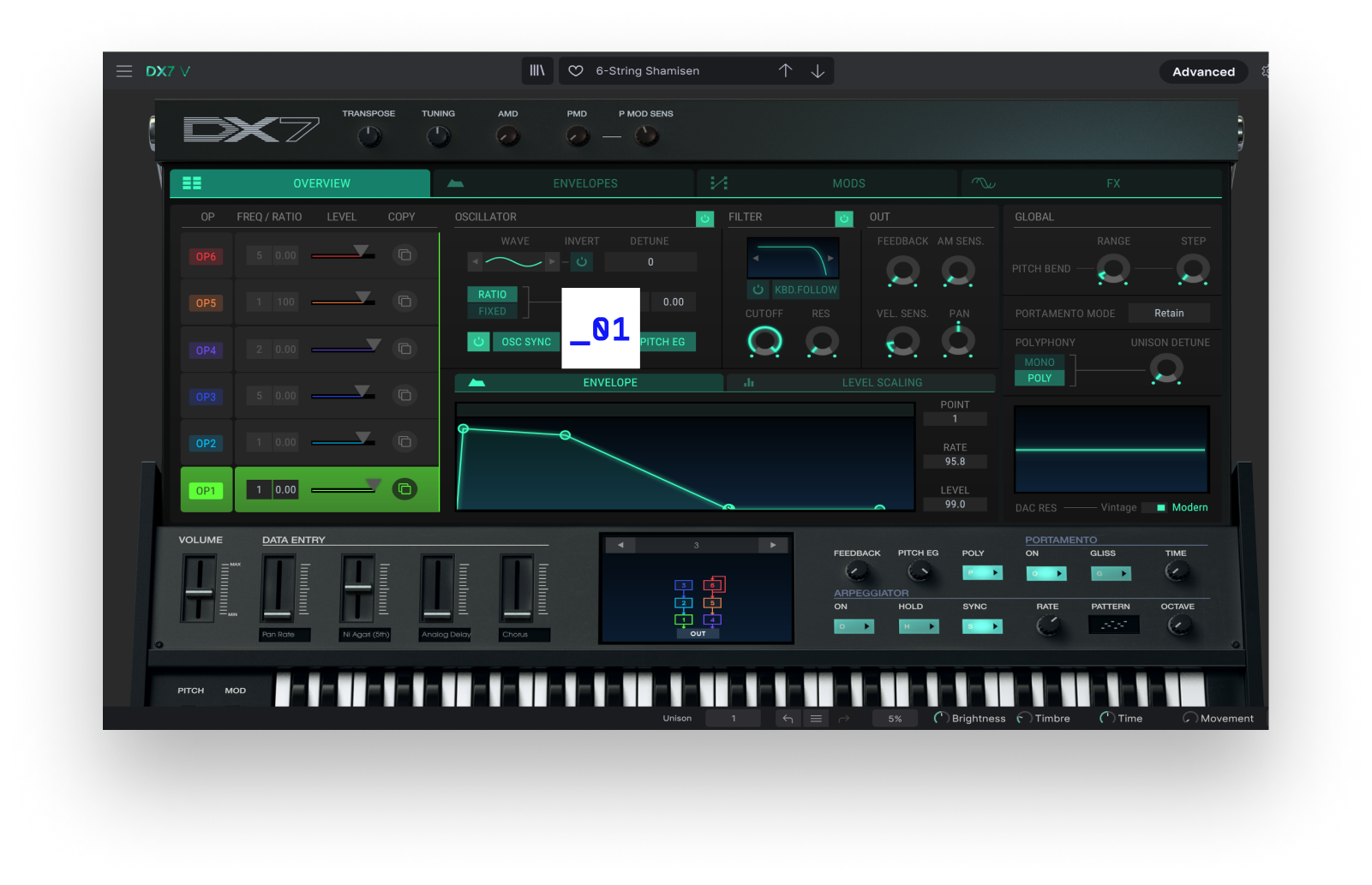
Escúchalo
en acción
Igual que ocurre con tantos sintes clásicos, hoy decimos que el DX “tiene un sonido único”.
Ambient
DX Demo
Electronica
Funkit
Hi-breed
Winter in Summer
Presets
Parte de lo que hizo que el DX fuera tan reconocible es que incluso los profesionales tendían a ceñirse a los presets de fábrica en lugar de aprender a programarlo.
El DX7 V no presenta tales obstáculos, así que nuestros diseñadores de sonido de talla mundial se pusieron manos a la obra para crear 540 presets que cubren todos los tipos de instrumentos y estilos musicales imaginables. Después de escucharlos, ¡descarga la demo gratuita y tócalos todos!
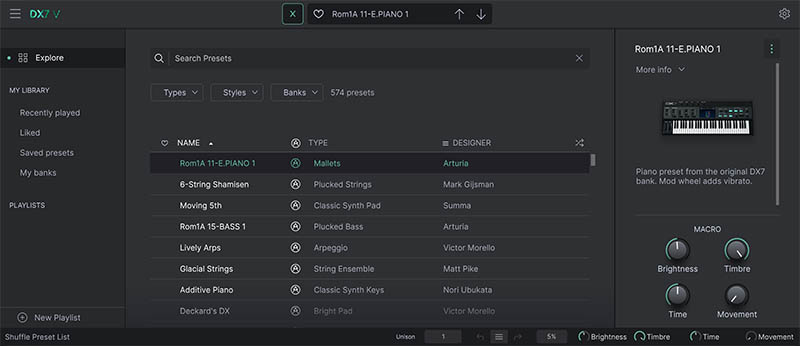
Artist
Corner
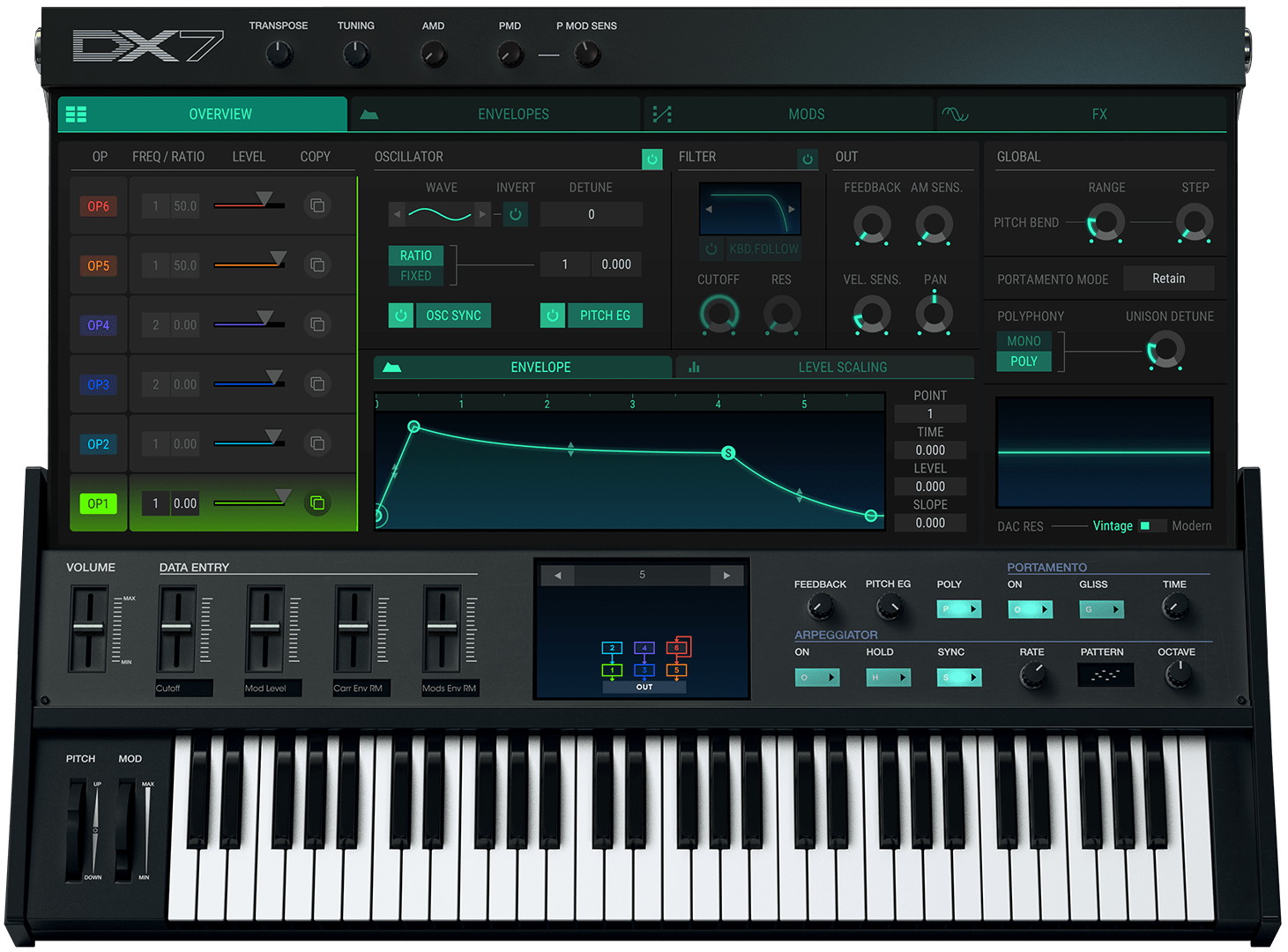
Incluido en la
V Collection 11 Pro
Este instrumento forma parte de la V Collection Pro, una colección prémium de instrumentos virtuales diseñados para que explores el sonido como nunca habías podido.
Desde teclados modelados con precisión hasta motores híbridos de síntesis y sonidos acústicos registrados magistralmente: cada instrumento está mejorado para el proceso de producción actual. La V Collection ofrece los mejores sonidos de teclado de todos los tiempos.
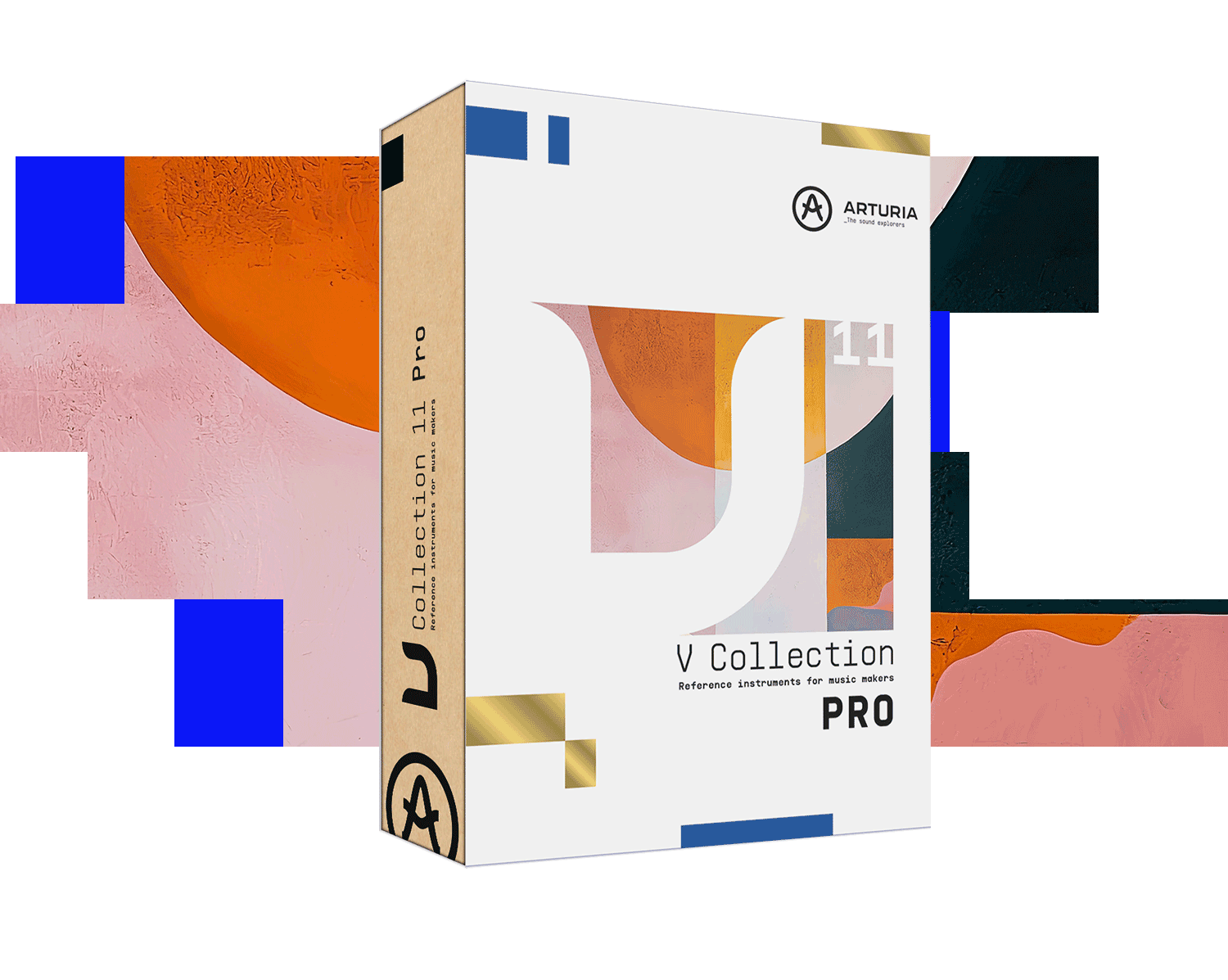
Las funciones
que necesitas

Gallery
Main Features
32 original DX7 algorithm
All DX7 original parameters
Original DX7 SysEx import
25 available waveforms per operators
6 Operators with multi-mode filter and feedback per operators
DX7, DADSR and Multi-Segments envelopes (syncable and loopable) per operators
2 Modulation envelopes
4 assignable macros
Advanced modulation matrix
A step sequencer, 2 LFOs with 6 waveforms and an arpeggiator
4 FXs slots that can be routed in parallel or in serie
An oscilloscope
Vintage and Modern DAC Mode for a proper emulation of the DX7 converter
32 voices of polyphony
4 voices of unison with unison detune
432 factory presets

